Picture this: you roll in a clean 10-footer without stepping off your property. A backyard putting green lets you sharpen your game at home and enhances curb appeal. Switching to synthetic grass cuts down maintenance, while a dedicated practice putting green keeps you focused on lower scores. Thinking of building one? Here are the steps to follow:
1. PLAN YOUR SPACE
First, check your yard dimensions you have. Even a 10×15‑foot area fits a couple of holes and a border fringe. Sketch out your ideal layout — oval, kidney, or free‑form — and note where to roll out your golf hitting mat. Remember to leave a few feet for walking access and beautiful edging.
2. ESTIMATE THE EXPENSES
The base turf price alone typically runs between $5–$8 per square foot. Once you account for full project expenses, the total can go up to $10–$14 per ft². Accessories like golf hitting mats and ball returns raise the total cost, but make your green more versatile.
3. SELECT YOUR SURFACE
There’s not one ideal solution when it comes to artificial grass. Low‑pile turf offer fast roll for accurate putting, while high-pile turf plays slower. Ask your landscaping team about infill types — some fills improve lifespan without slowing your ball. If you want to train like a pro, we highly recommend Golden Bear Turf.
4. KNOW THE INSTALL STEPS
A typical installation involves four main phases: clearing and leveling the area, adding a crushed stone foundation, adding a weed barrier, and installing and rolling out your turf. For a compact putting green, expect 3–5 days from start to finish. Larger projects or more complex grading can add a day or two. Helpful advice: Water and power ready = faster installs.
5. UPGRADE YOUR PUTTING AREA
After-hours putting is easy when you install outdoor lighting around your green. Hardscape borders can give a refined, finished appearance. For added challenge, set up a chip zone using a golf hitting mat — perfect when you need to train your wedge game.
START YOUR PROJECT TODAY
Want to take the next step? Book a no-cost planning session and explore sample boards. Get design ideas from real customers and learn how people in Toronto made it happen.
